For many computer users, the graphics card is a crucial component for tasks like gaming, video editing, and graphic design. However, not everyone needs a dedicated GPU for their day-to-day computer usage. You can do plenty with an integrated GPU or none at all. This article outlines how to optimize your PC performance for a variety of tasks without relying on a graphics card, including utilizing your processor’s strengths, optimizing system settings, selecting appropriate software, and upgrading other hardware components.
Leveraging Your Processor’s Integrated Graphics
Understanding Integrated GPU Capabilities
Modern processors, particularly those by Intel and AMD, come with integrated graphics that can handle everyday computing tasks quite well. They are capable of running office applications, streaming videos, and even doing some light gaming and photo editing. Knowing your processor’s integrated graphics capabilities helps set realistic expectations for the types of tasks you can undertake without a dedicated GPU.
Fine-Tuning for Better Performance
To get the most out of your integrated graphics, ensure your system is using the latest drivers, which can improve performance and compatibility with newer software. Adjusting the settings in your system BIOS for maximum performance can also help. This may include increasing the amount of RAM allocated to your integrated GPU, which can boost its ability to handle more graphically intense processes.
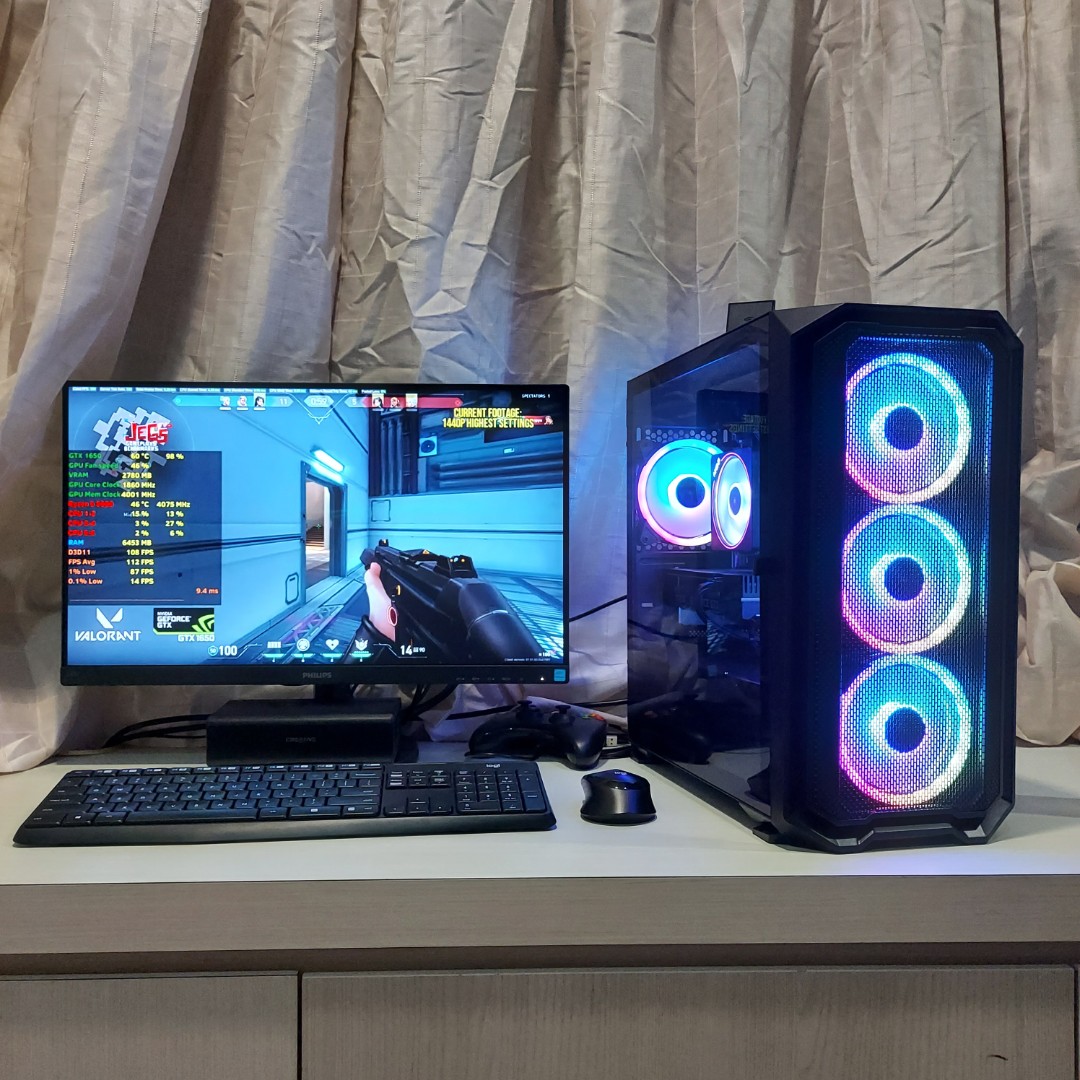
Optimizing System Settings for Improved Functionality
Configuring Your Operating System
Your operating system’s settings can impact your PC’s performance. For example, on Windows, you can adjust the visual effects for best performance, which reduces the graphical load on your system. Access the System Properties, navigate to Advanced System Settings, and under Performance, select “Adjust for best performance”. This disables unnecessary animations and visual effects that consume graphical resources.
Streamlining Resource Usage
Close down programs that are not in use to free up resources, and disable startup programs that aren’t essential. The Task Manager on Windows and the Activity Monitor on macOS are handy tools for monitoring which applications are using your system’s resources. Regularly updating your operating system and programs can also prevent slowdowns related to software inefficiencies.
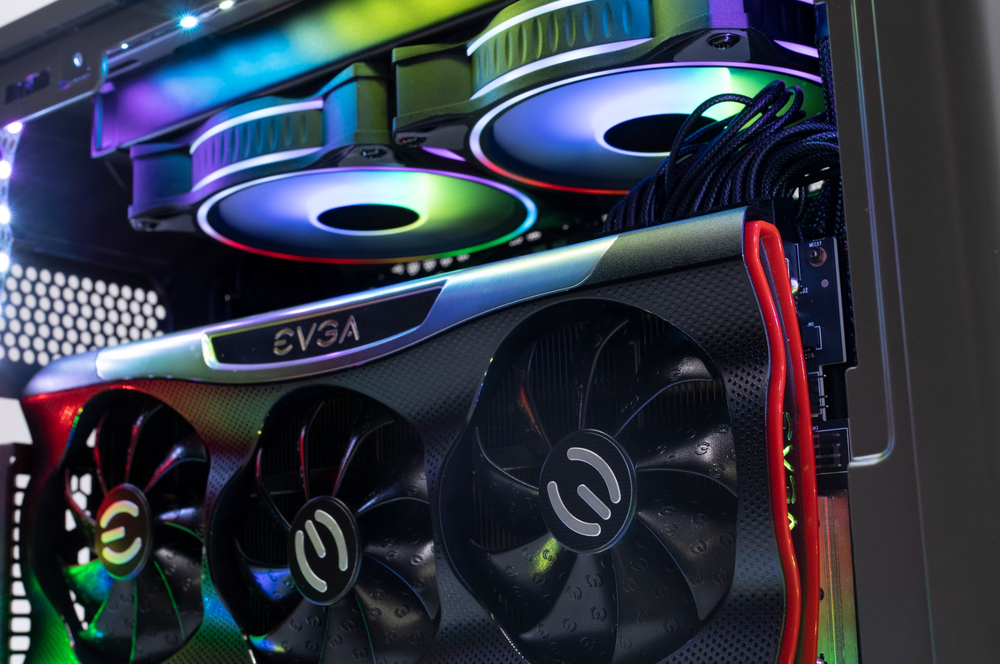
Choosing and Optimizing Software for Non-GPU PCs
Selecting the Right Software
Choose software that’s optimized to run on systems without dedicated graphics cards. Many developers offer lightweight or integrated-graphics-friendly versions of their applications. For instance, consider using web-based tools for tasks like photo editing or video streaming—they often require less graphical processing power than installed programs.
Improving Software Performance
Within most software applications, there are settings that you can tweak to improve performance on a non-GPU PC. Lowering the resolution and reducing the quality of graphics in applications can result in smoother operation. If you’re using applications for video playback, opt for codecs that are known to be less demanding on system resources, like VP9 or H.264.
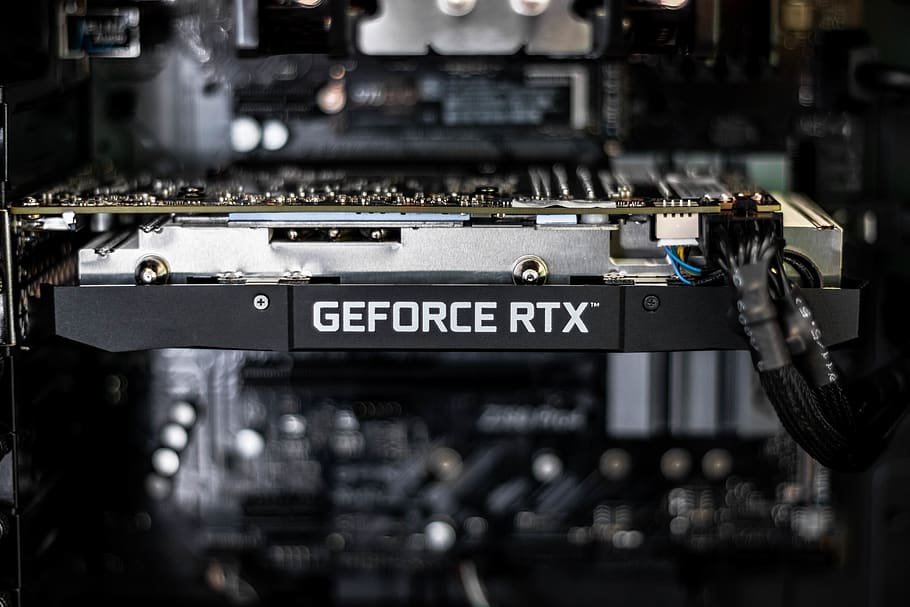
Upgrading Other Hardware for a Boost
Expanding RAM for Enhanced Multitasking
Increasing your system’s RAM can have a significant impact on performance, especially if you regularly multitask between applications. More RAM allows your PC to handle more processes simultaneously and can help offset the lack of a dedicated graphics card by providing your integrated GPU with more memory to use.
Fast Storage Solutions with SSDs
Replacing an old mechanical hard drive with a solid-state drive (SSD) is one of the most effective upgrades for increasing system responsiveness. SSDs offer much faster read and write speeds, which translates to quicker boot times, faster application launches, and overall snappier performance across the board.
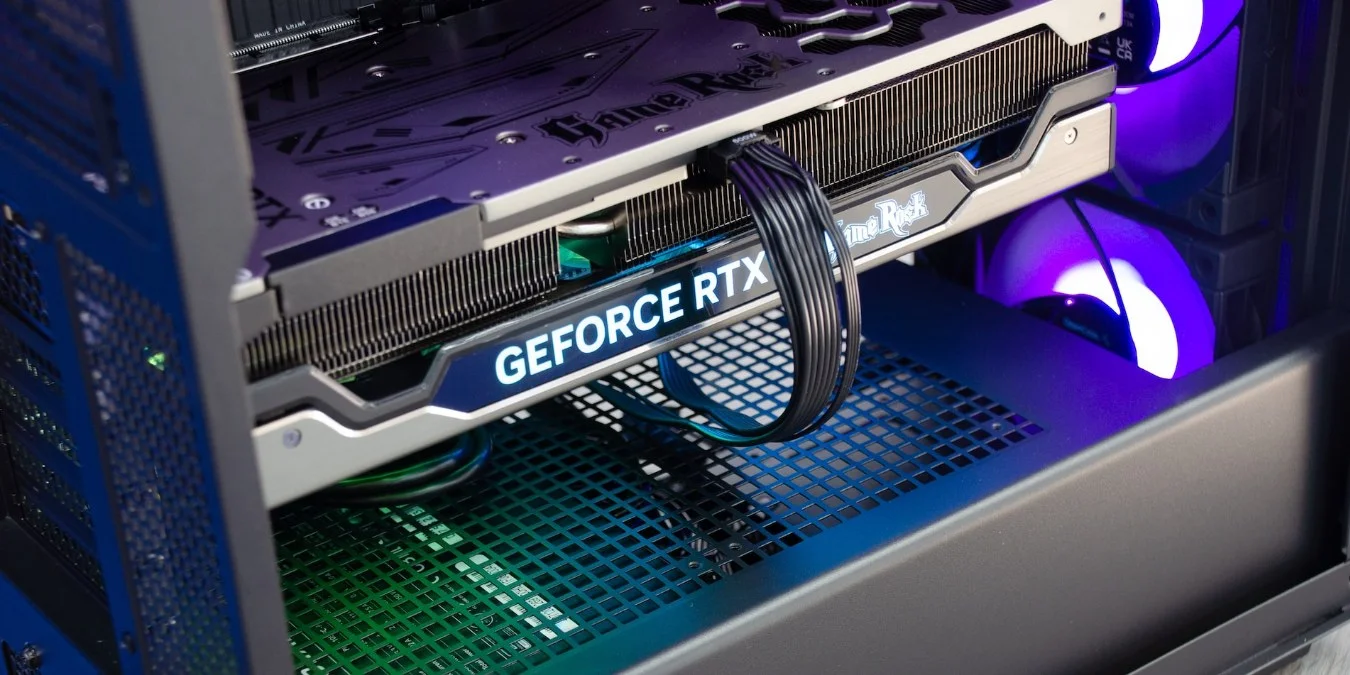
Enhancing the Gaming Experience Without a GPU
Exploring Low-Requirement Games and Settings
Not having a dedicated graphics card doesn’t mean you’re excluded from gaming. The market is full of incredible titles that don’t demand high-end graphics capabilities. For example, many indie games feature minimalistic yet engaging graphics that can run smoothly on integrated graphics. Additionally, you can adjust game settings like resolution, shadow quality, and textures to the lowest to improve frame rates and gameplay fluidity on more demanding games.
Utilizing Cloud Gaming Services
Cloud gaming services, such as Nvidia GeForce Now or Xbox Cloud Gaming, offer another solution for those without powerful graphics hardware. These services stream games from remote servers, so the game’s processing is done offsite, requiring only a stable internet connection on the user’s part. This way, you can enjoy high-end games on a regular PC without needing a dedicated GPU.
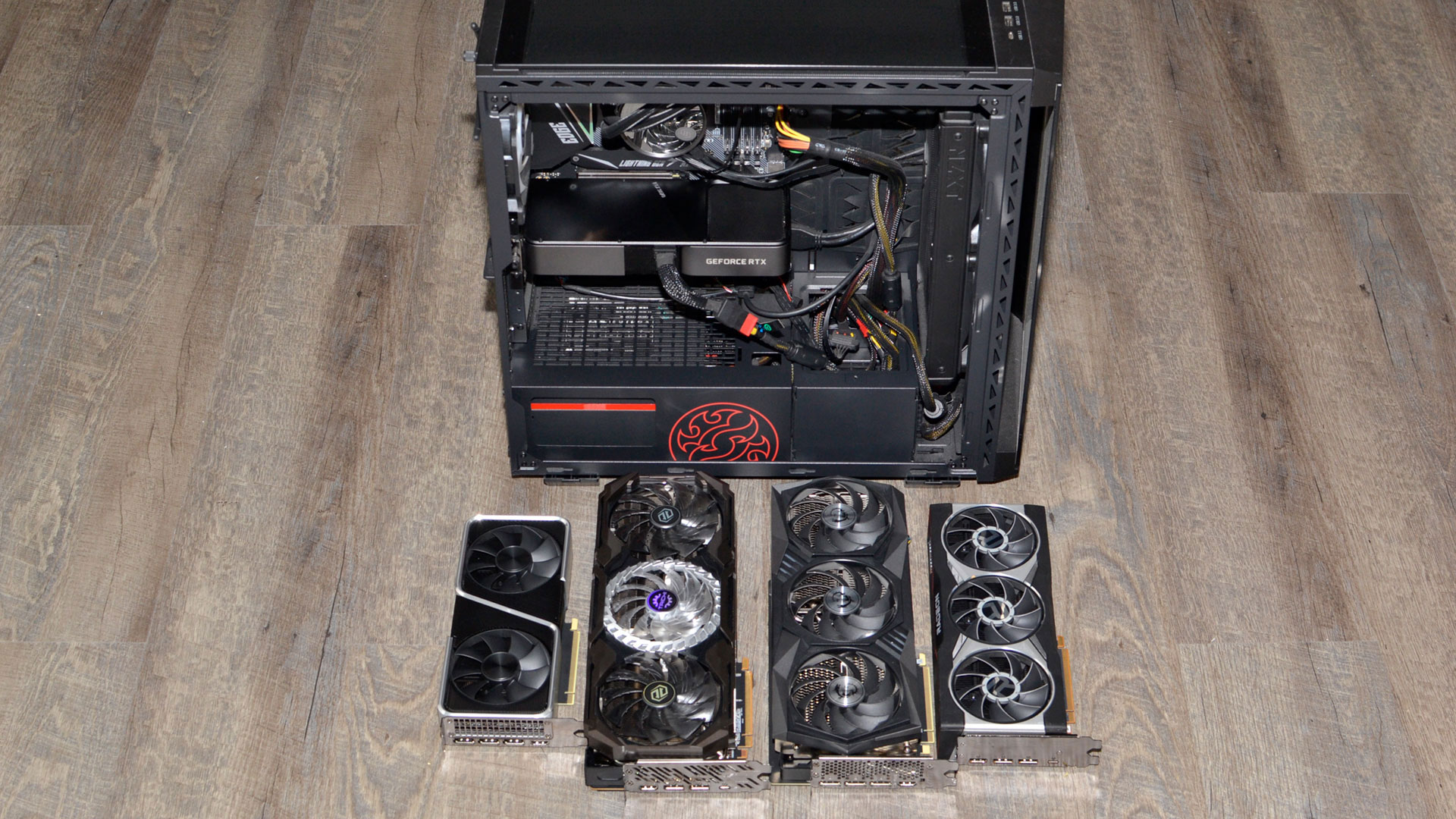
Embracing Graphic Design with Integrated Graphics
Choosing the Right Tools
For graphic design, several software options are optimized for lower-end hardware while still offering a robust set of features. Applications like Vectornator, Inkscape, or older versions of Adobe Photoshop can perform admirably on integrated graphics for most design tasks. Additionally, many web-based design tools require minimal processing power and offer excellent functionality for creating stunning visuals.
Optimizing Workflow for Efficiency
When working on design projects without a dedicated GPU, it’s vital to streamline your workflow for the best performance. This can mean working with lower-resolution previews or breaking complex projects into smaller, more manageable parts. Saving frequently and keeping a clean workspace with minimal open tabs and applications can also help maintain system responsiveness.
Video Editing Without a Dedicated Graphics Card
Selecting Appropriate Software
Video editing is traditionally resource-intensive, but several programs are designed to run well on systems with integrated graphics. For instance, Adobe Premiere Rush and Davinci Resolve offer modes or settings optimized for lower-end hardware. Working with proxy files or reducing preview resolutions can help make the editing process smoother without taxing your system excessively.
Strategies for Efficient Editing
The key to efficient video editing on a system without a dedicated GPU lies in managing your resources wisely. Pre-rendering clips, especially those with effects applied, allows for smoother playback during the editing process. Additionally, keeping your project files organized and your timelines as clean as possible will further reduce the computational load on your PC.
In conclusion, even without a dedicated graphics card, you can still achieve a satisfying PC experience by harnessing the full potential of your processor’s integrated graphics, optimizing your system settings, choosing suitable software, and considering targeted hardware upgrades. By following these steps, you can ensure your computer runs efficiently for a variety of tasks, while keeping hardware costs down. Whether you’re working, studying, or enjoying entertainment, the right tweaks and upgrades can turn a GPU-less PC into an effective tool for your computer needs.
